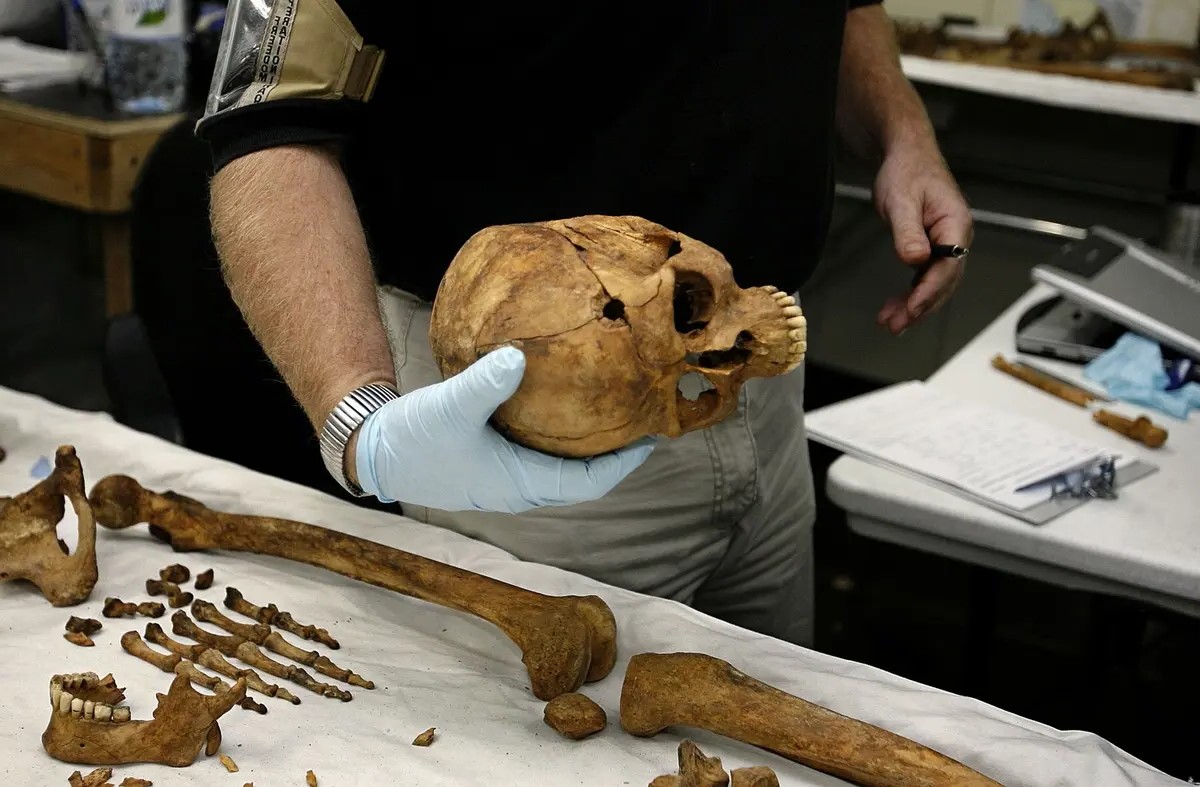Shell can mean many things, from the protective outer layer of mollusks to one of the world's largest energy companies, Royal Dutch Shell. This article dives into both aspects, showcasing the beauty and complexity of natural shells and the vast operations of the multinational giant. Natural shells are marvels of biology, offering protection and displaying stunning colors and patterns. On the other hand, Royal Dutch Shell has a rich history and a significant global presence, providing energy solutions and investing in sustainability. Whether you're fascinated by marine life or curious about the energy sector, there's something here for everyone.
Key Takeaways:
- Shells are like nature's protective armor, made of layers of carbonate of lime and nacre. They come in various shapes, colors, and patterns, and have cultural significance as well.
- Royal Dutch Shell, commonly known as Shell, is a global energy giant with a diverse portfolio, commitment to sustainability, and a history dating back to a seashell curio shop in the 1830s.
Natural Shells: Nature's Protective Armor
Shells are fascinating structures created by mollusks and other animals. They serve as protective homes and have captivated humans for centuries.
- Definition and Purpose: Shells act as stone "forts" that soft-bodied mollusks build around themselves for protection.
- Composition: Made primarily of carbonate of lime, shells are secreted by mollusk glands.
- Layers of a Shell: Shells have three layers: an outer hornlike layer, a middle layer of small prisms of carbonate of lime, and an internal nacre or mother-of-pearl layer.
- Nacre (Mother-of-Pearl): Nacre consists of thin layers of carbonate of lime and a horny substance, creating a beautiful iridescent appearance.
- Colors and Patterns: Shells can be white, black, brown, tan, purple, red, or rose, often with intricate patterns.
- Variety in Shapes: Shells come in many shapes, including miter, harp, helmet, top, razor, turban, cone, basket, lamp, frog, trumpet, ear, and slipper shells.
- Univalve Shells: Most univalve shells are conical and spiral counterclockwise. Left-handed shells twist in the opposite direction.
- Tooth Shells: Tooth shells resemble an animal’s tooth and are cylinders open at both ends.
- Conch Shells: Found on the Florida coast and in the West Indies, conch shells are beautifully conical.
- Cultural Significance: Shells were used as money by many primitive peoples, with cowries being the most widely used.
- Wampum: American Indians used wampum, cylindrical pieces of quahog, whelk, and periwinkle shells, as currency.
- Collecting Shells: Shell collecting is a hobby that can spark a serious interest in science.
- Variety in Forms: Shells generally fall into two groups: univalve and bivalve.
- Microarchitecture: Shell toughness comes from their microarchitecture, a composite of calcium carbonate and protein.
- Energy Dissipation: Protein layers between mineral sheets enable shells to develop energy-dissipating microcracks.
- Conch Shell Architecture: Conch shells use microcracks to dissipate energy and prevent catastrophic failure.
- Reinforced Concrete Analogy: Conch shell structure is similar to reinforced concrete, with brittle aragonite replacing steel.
- Additional Energy-Dissipation Mechanisms: Conch shells have a work of fracture much higher than mineral aragonite.
- Shell Synthesis: Shells are synthesized by the mantle, a specialized tissue that secretes calcium carbonate crystals.
- Bio-Mineralogical Studies: Scientists are just beginning to understand the complex process of shell deposition.
Royal Dutch Shell: A Global Energy Giant
Royal Dutch Shell, commonly known as Shell, is one of the largest and most influential energy companies in the world.
- Founding: Shell was founded in 1907 and has a history dating back to a seashell curio shop in the 1830s.
- Global Presence: Shell operates in more than 70 countries, providing energy solutions worldwide.
- Headquarters: Shell’s global headquarters is in The Hague, Netherlands.
- Diverse Portfolio: Shell operates in exploration, production, refining, marketing, and petrochemicals.
- Commitment to Sustainability: Shell invests in renewable energy projects and cleaner technologies.
- Research and Development: Shell focuses on innovation and technology advancement.
- Historical Significance: Shell's origins trace back to a seashell curio shop in London.
- Company Evolution: Marcus Samuel Jr. founded Shell Transport & Trading Co., naming oil tankers after seashells.
- First Shell Book: America’s first shell book was published in New Harmony, Indiana.
- CIA Plot: The CIA once considered assassinating Fidel Castro with an exploding conch shell.
- Giant Clams: Giant clams turn sunlight and algae into fuel, expelling heat to adapt to warming seas.
- Cone Snails: Cone snails produce powerful toxins and create some of the world’s most-collected shells.
- Prialt Development: Cone-snail toxin led to the development of Prialt, a pain drug stronger than morphine.
- Seashell Currency: Seashells were used as currency for thousands of years, including in the Maldives.
- Calusa People’s Shellworks: The Calusa people of Florida left extensive shellworks, now mostly flattened.
- Ancient Greek Toothpaste: Ancient Greeks used crushed oyster shells as a cleaning abrasive in toothpaste.
- Shell-Encrusted Trinket Boxes: Marcus Samuel Sr. created shell-encrusted trinket boxes that helped build the family fortune.
- Shell Tankers: Shell’s first oil tankers were named after seashells, including the Murex.
- Sustainable Practices: Shell invests in renewable energy and cleaner technologies.
- Diverse Products and Services: Shell offers fuel, lubricants, petrochemicals, and renewable energy.
- Research and Innovation: Shell constantly strives to improve efficiency and sustainability.
- Global Impact: Shell provides energy solutions to millions worldwide.
- Social Responsibility: Shell invests in local economies and promotes diversity and inclusion.
- Safety Record: Shell has a strong safety record, protecting employees and communities.
- Historical Milestones: Shell has achieved numerous historical milestones over its century-long history.
- Energy Transition: Shell works with customers to accelerate the journey to net-zero emissions.
- Renewable Energy Investments: Shell invests in wind, solar, and biofuels.
- Carbon Footprint Reduction: Shell takes concrete steps to reduce its carbon footprint.
- Innovation in Operations: Shell explores cleaner technologies and invests in research and development.
- Global Leadership: Shell is a global leader in the oil and gas industry, committed to sustainability and social responsibility.
Shell: A World of Wonders
Shells, both natural and corporate, offer a fascinating glimpse into diverse worlds. From the intricate beauty of mollusk shells to the global impact of Royal Dutch Shell, there's so much to uncover. Natural shells protect and dazzle with their unique structures and colors, while Royal Dutch Shell fuels economies and drives innovation in the energy sector. Whether you're marveling at the iridescence of nacre or exploring Shell's commitment to sustainability, it's clear that shells, in all forms, play vital roles in our lives. Collecting shells can spark a love for science, and understanding Shell's history can inspire appreciation for its global influence. So next time you see a shell, remember it's more than just a pretty object or a fuel provider—it's a testament to nature's and human ingenuity.
Was this page helpful?
Our commitment to delivering trustworthy and engaging content is at the heart of what we do. Each fact on our site is contributed by real users like you, bringing a wealth of diverse insights and information. To ensure the highest standards of accuracy and reliability, our dedicated editors meticulously review each submission. This process guarantees that the facts we share are not only fascinating but also credible. Trust in our commitment to quality and authenticity as you explore and learn with us.


